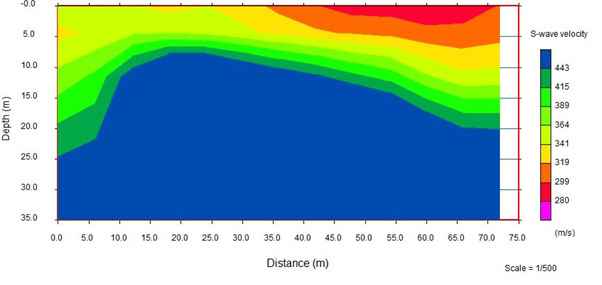Avoid Any Surprises of Risk During or After the Construction with our Geotechnical Investigations
SGES has acquired unremarkable geotechnical survey capabilities that can cater to the determination of specific engineering properties of the soil and rock beneath a site and ground response to the expected natural calamities like seismic shaking.
Our extensive geotechnical and geophysical surveys empowered us to stay ahead of the thriving competition while ensuring that we address all the problems encountered in the evolving construction landscape.
Below is a comprehensive list of our geotechnical and geophysical survey capabilities.
- We own the first ever purpose-built combination SPT, CPT and Wireline Rotary Core Test Drill Rig TMG CSR-183 manufactured by TMG.
- In-depth knowledge of soil conditions, construction practices, and supplier networks spread across the globe.
- Experience in handling soils of any type in any terrain with unparalleled drilling experiences
- Certified testing laboratories equipped with advanced geotechnical equipment
- Trained engineers and geotechnical experts with hand on experience in exhibiting optimum geotechnical survey experience in demanding field conditions








